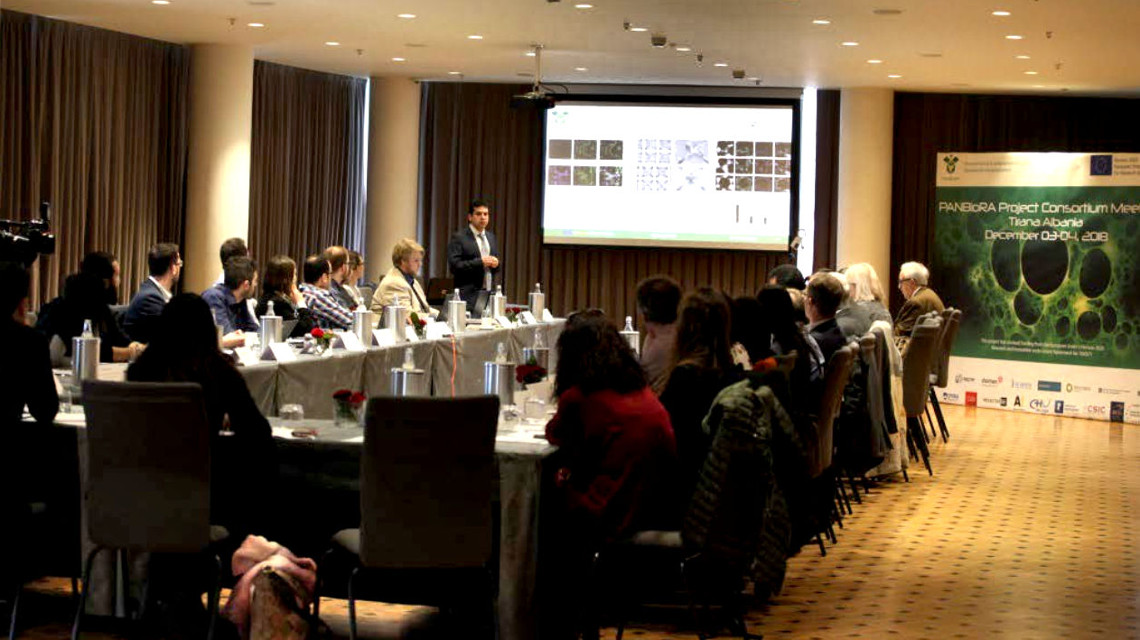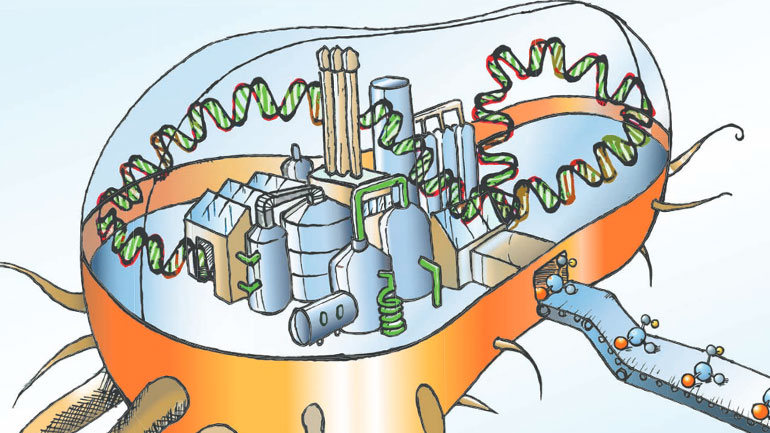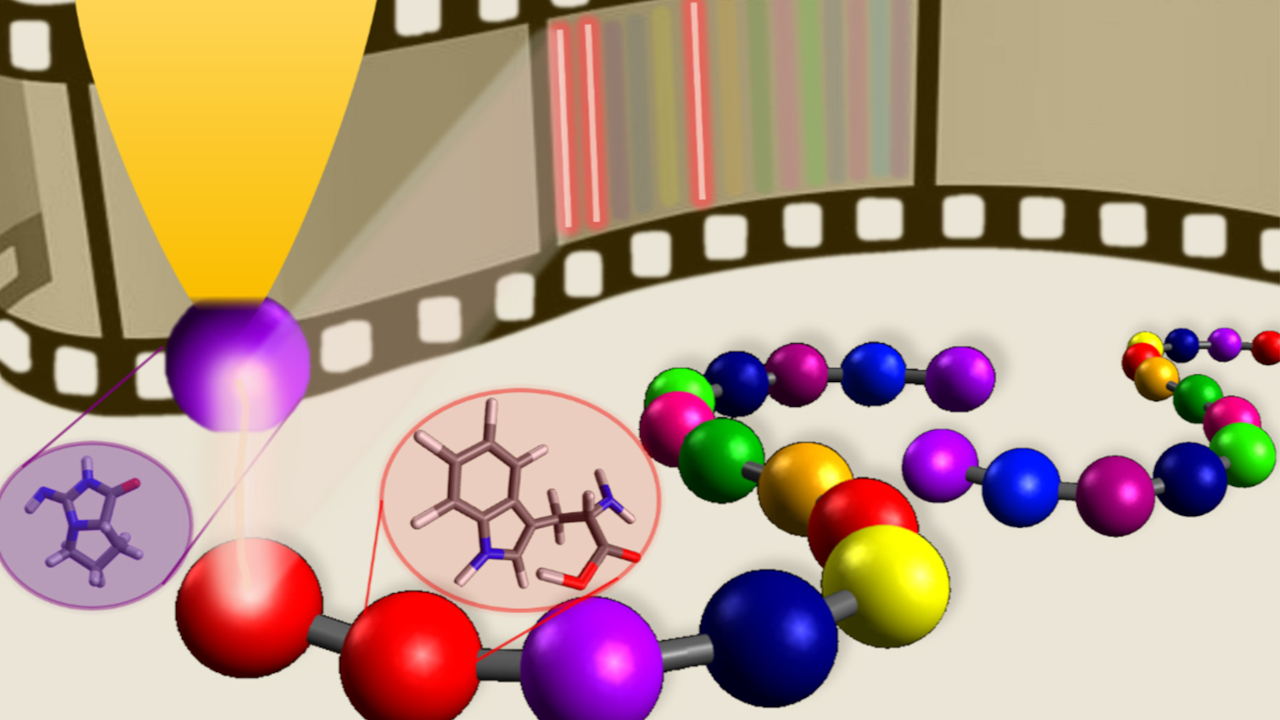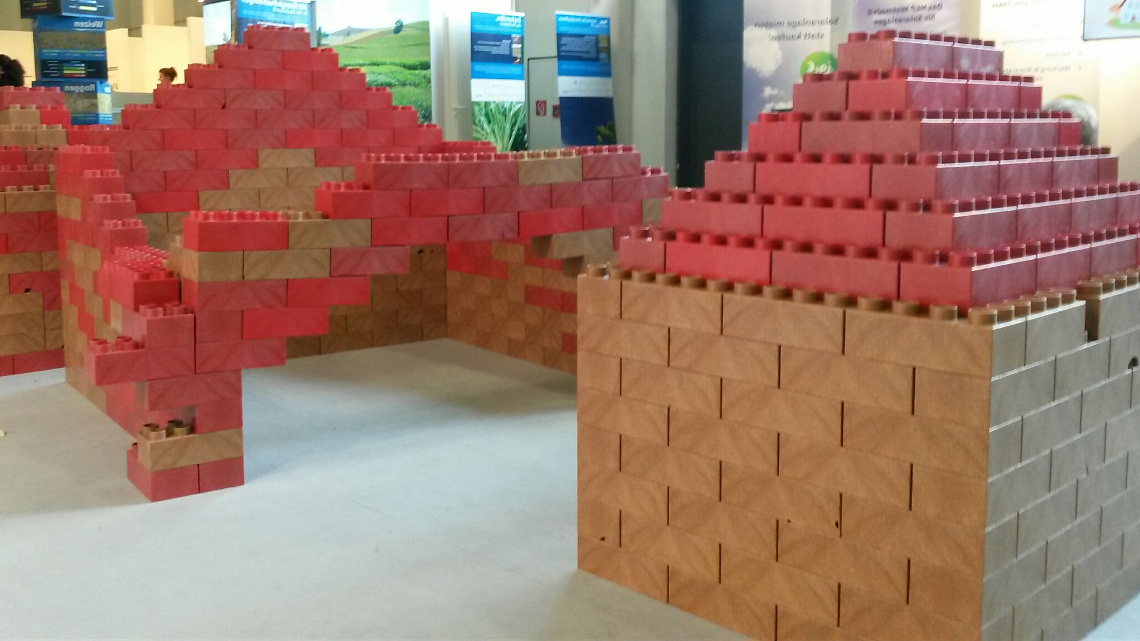Quick evaluation of biomaterials
The European project PANBioRA is investigating and developing tools and methods in order to assess the risks of new biobased medical products in a standardised way.

Nearly nine years ago, in 2010, breast implants made of cheap industrial silicone caused a scandal in medical technology. The case occupied the courts for many years and also focused on the issue of biocompatibility for biomedical materials. These materials are used for therapeutic or diagnostic purposes in or on a patient's body. Therefore, high demands are placed on their safety - but standardized, comprehensive and rapid evaluation methods are still lacking.
Modular structure of the test system
The research project PANBioRA, funded by the European Union, aims to change this. The international project group is developing a prototype that will be able to test numerous biologically relevant parameters. The modular system is intended to determine whether a biomaterial triggers antibody reactions, which in practice would lead to rejection of the material and inflammation. It also tests whether cells or tissue are damaged, and whether the biomaterial alters the genetic material.
Quick and easy to use
By interviewing users in research institutions and hospitals, the project partners determined the practical requirements and expectations. The developers of the prototype are paying special attention to its quick and easy operation. In dialogue with experts in biomaterials, a framework will also be developed that includes standard parameters for the safety assessment of biomaterials. Last but not least, a "risk radar" will enable the comprehensive evaluation of risk materials.
First prototype after one year
The research partners recently reported on their progress throughout the first project year at a meeting in Albania. In addition to the survey results and initial successes with the individual test components, they completed six scientific publications. Furthermore, the consortium was already able to present a prototype.
bl/ jmr


